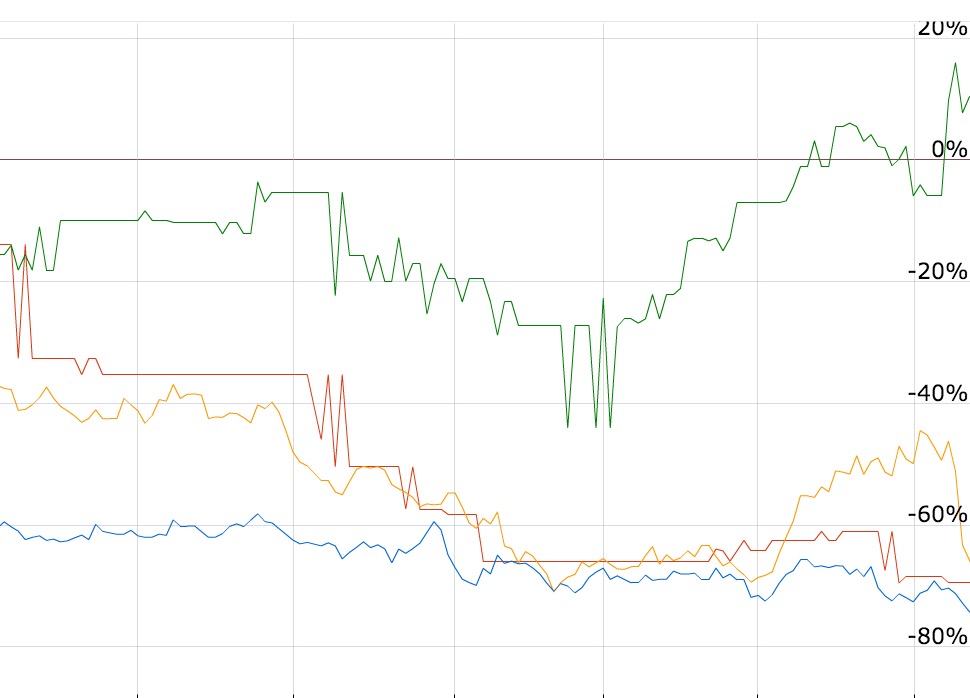
3D printing has already become widely accepted as a technological revolution that very likely will change the way the world looks at manufacturing.
The technology has already been introduced to the industrial and medical fields, and personal 3D printers are beginning to catch on with surprising rapidity. With this said, there is another side to 3D printing, as there is with all industries. This other side is the investment that must be made to further develop the technology and help it become more ubiquitous. For the funds necessary to do this, 3D printing companies must turn to offering stocks as shares of the companies. However, these stocks have seen a surprising level of volatility, and many investors are still not convinced that 3D printing will pay off for them. In this article, we’ll take a look at 3D printing from the perspective of an investor and see what this lack of investor confidence might mean for the 3D printing industry.
First, let’s go over the history of investment in 3D printing. As with many tech stocks, 3D printing companies had an investment boom shortly after the technology began getting widespread attention from media outlets like The Economist and The Wall Street Journal. An inflated market prevailed from late 2011 until late 2013. At that point, however, the bottom began to fall out. While some companies fared better than others, there was a decrease in share prices across the board. Stratasys, the company that by far suffered the least damage, lost over 20% of its value between its high point in 2013 and the middle of 2015. Other companies suffered much heavier losses, with some losing as much as 80% of their highest value points. Early in 2015, prices stabilized and the losses began to slow down, eventually reaching a balance point.
What caused this rather large correction? The first component is that tech stocks tend to go through cycles of overvaluation before the market determines their true value. A boom at the outset of a new technology is far from unusual. In this sense, the correction was just a response to share prices being too high to start with. Another, and more important, component is the fact that the technology did not take off as rapidly as investors initially thought it would. While 3D printing has found its place in many industries, it has yet to replace traditional manufacturing methods. This slow entrance into widespread use caused short term speculative investors to dump shares, causing the price to decrease.
With all of this said, 3D printing stocks are still very attractive to longer term investors. Being newer tech stocks, they do inherently carry more risk than traditional blue chips. When included as part of a well balanced portfolio, however, these stocks still offer a great deal of opportunity. 3D printing is undoubtedly going to be one of the largest revolutions in manufacturing in years. The only problem is that investors who want to really reap the benefits of 3D printing stocks must wait for the technology to become more widely used. This means that patient long term investors stand to make high return rates down the road.
What does all of this mean for the 3D printing industry? While it has done little to stop the spread of 3D printing technology, it does mean that those companies that specialize in the field have less capital to invest into both marketing and development. The long term commercial potential of 3D printing, however, continues to attract investors who do not mind waiting for their return. In this sense, the volatility of the 3D printing market has been beneficial to the industry, as it has discouraged short term investors who likely would have pulled out before the market reached full maturity anyway.
Jessica Jones comes from a long background in the finance world, with 9 years as a senior analyst at Barclays Bank, and since 2009 one of the senior journalists at www.investing.co.uk. For further finance related news visit investing.co.uk – UKs leading financial news & investment guide since 1996.

